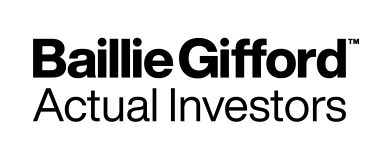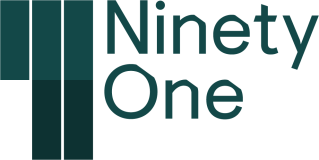High yield bonds are finally living up to their name, with average yields sitting at 8-9%. Should investors take another look? Or could recession push yields higher?
- Expected default rates for European high yield are 3.4%, while US high yield could reach 3.3%.
- There is less stress in the market than in previous recessions
- Yields for high yield bonds may also be supported by any shift in the interest rate cycle
After a lull in 2022, high yield bond ETFs have seen a leap in inflows over the past few months. It is perhaps easy to see why: yields have been hovering between 8% and 9%, while default rates have remained relatively low. Credit quality has been improving, while issuance has been dropping.
However, there is a recession looming. While the predictions are for a relatively mild downturn, weak growth has typically been tough for high yield companies to navigate. New research from UBS suggests on expected default rates for European high yield could tip up to 3.4%, while US high yield could reach 3.3%. For emerging markets and Asia, the rates are 4.3% and 3.9% respectively.
Companies have, to some extent, fixed the roof while the sun has been shining, locking in long-dated debt at lower rates. The result is that in Europe in particular, refinancing needs are relatively limited. Some of the pressure points in previous cycles, such as the US energy sector, are less stressed this time round. Credit quality is generally higher than during previous recessions.
Equally, yields of 8-9% look attractive on most measures. Certainly, base rates are higher and spreads over government bonds have come in a little, but yields have only been this high twice since the financial crisis in 2008. Once was in Feb 2016, a response to troubles in the US energy sector, and once in March 2020, in the depth of fears over the pandemic. Both times it proved an opportune moment to invest, with yields falling significantly in the following 12 months.
Yields for high yield bonds may also be supported by any shift in the interest rate cycle. While more of their return comes from credit risk, they should still benefit if inflation pressures start to ease and the Federal Reserve starts to rethink rate rises. The opposite is also true, but markets appear to be leaning towards some moderation by the central bank in spite of its tough talk.
Investors inertia may be a greater problem for the sector. Many investors haven’t felt the need to take a risk on high yield when they can get chunky yields on investment grade corporates or developed market government bonds. However, the recent ETF inflows suggest investors are starting to take notice of the sector once again.









